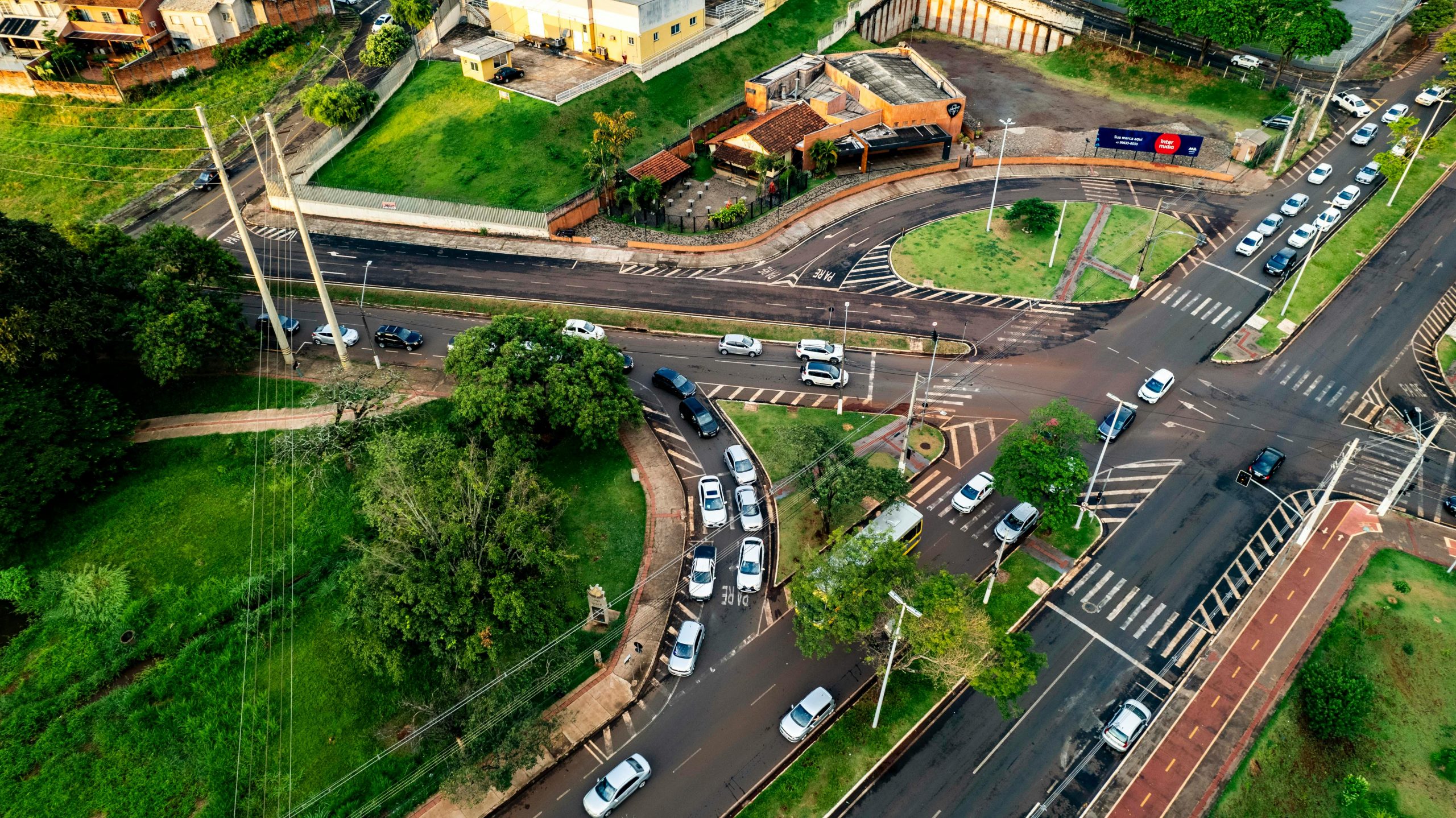Plan for Woolwich to Charlton cycle lane approved, featuring reduction of bus lane.
“Bus Lane Reduction Approved for Woolwich to Charlton Cycle Lane Proposal”


Searching the Nations Capital

Plan for Woolwich to Charlton cycle lane approved, featuring reduction of bus lane.
It sounds like an exciting development for cyclists in the Woolwich to Charlton area! Improving cycling infrastructure is crucial for promoting safer and more sustainable transportation options. By reallocating space for bike lanes, we can help reduce traffic congestion and encourage more people to choose cycling as a means of getting around. Hopefully, this change will lead to increased safety for cyclists and contribute to a greener community. What are your thoughts on the potential impact this might have on local traffic and accessibility?
This is a significant step towards enhancing cycling infrastructure in the area! The new Woolwich to Charlton cycle lane not only promotes eco-friendly commuting but also encourages a healthier lifestyle. It’s important to consider how the reduction of the bus lane might impact public transport efficiency. Balancing the needs of cyclists and bus users is crucial for a successful integration of both modes of transport. Could there be opportunities to optimize bus schedules or add more frequent services to offset the decreased lane space? Additionally, implementing measures such as dedicated crossing points or traffic calming features could help ensure the safety of all road users. It will be interesting to see how this development influences overall traffic flow in the long term.
Thoughts on the Woolwich to Charlton Cycle Lane Plan
As a London resident and avid cyclist, I am thrilled to see the approval of the Woolwich to Charlton cycle lane plan. This initiative not only promotes cycling as a sustainable mode of transport but also reflects a shift towards a more bike-friendly city. However, I have a few considerations to discuss:
Overall, while this is a positive step forward for sustainable transport, ongoing dialogue and planning will be essential for its success. I’m excited to see how this project unfolds and how it can inspire further improvements in our city’s transportation infrastructure.